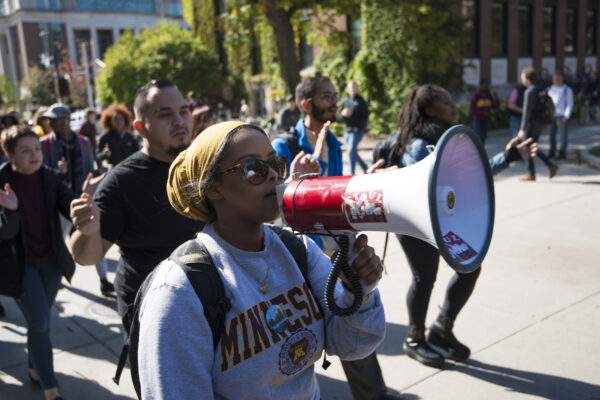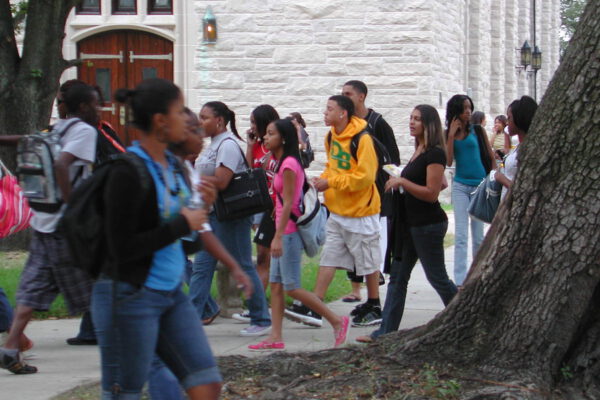PEN America Releases Report on Campus Free Speech
Title: Chasm in the Classroom: Campus Free Speech in a Divided America
Author: PEN America
Informed largely by four convenings held at campuses that have experienced incidents related to free speech, a recent report released by PEN America discusses challenges that institutions have when confronted with divisive or harmful speech, and the protests that some campuses have experienced as a result.
The report offers campus leaders recommendations on how they can work toward establishing a culture on their campuses that encourages both inclusivity and respect for free speech. It also includes analysis of survey and interview data related to free speech incidents, and an overview of legislation that was introduced or passed in recent years by federal and state lawmakers in the United States and internationally.
Click here to read the full report.
—Ben Schaap
If you have any questions or comments about this blog post, please contact us.


